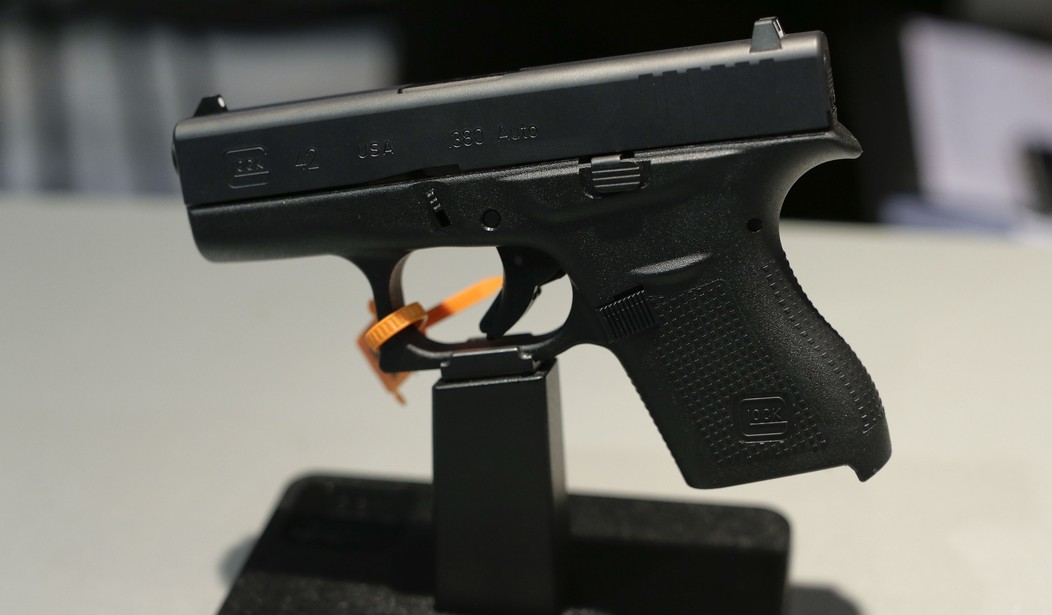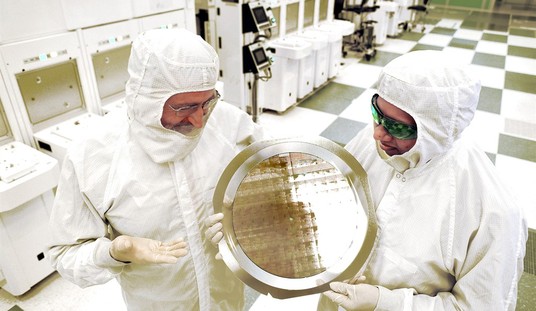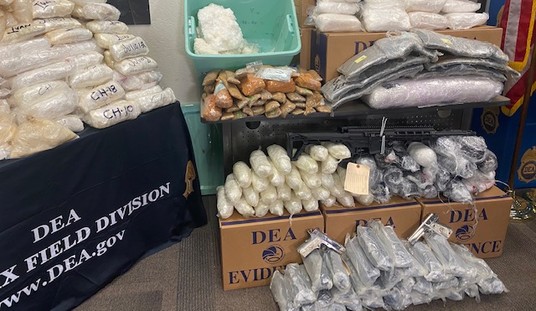The Supreme Court ruled on Wednesday on the subject of "ghost guns".
We'll come back to that.
A "ghost gun"...well, it doesn't exist. And I don't mean in a metaphysical, ectoplasmic way. I mean, there's no such thing as a "ghost gun".
The technical term is "Privately Manufactured Firearms" (PMFs), but "Ghost Gun" was coined by the "gun safety" movement with their friends in the media to cook up gratuitous fear on the issue. It refers to a gun built from a "receiver" for rifle or a "frame" for a pistol - the part that all the other parts connect to, sort of like the chassis of a car, or the frame of a house.
It is sold in a semi-completed condition, without a serial number; according to the Bureau of Alcohol, Tobacco and Firearms, a frame or receiver that is less than 80% complete can be sold to citizens, who can do the finishing work (usually some drilling and de-burring), attach the rest of the parts (triggers, barrels, handles, stocks) and have a finished firearm without a serial number.
There are still rules - you can't sell your un-serialized firearms to anyone, or transfer them outside your family, without filing transfer paperwork. They are not a pipeline to create untraceable firearms. The "gun safety" movement has been fighting their availability for years, leading up to Biden's Bureau of Alcohol, Tobacco, Firearms and Explosives (BATFE) imposing regulations to treat them like any federally regulated firearm.
And on Wednesday, the court concurred in a 7-2 decision:
The decision by a court that often backs gun rights resolves the legal dispute over whether the kits can be regulated the same way as other firearms.
The ruling was 7-2, with Justice Neil Gorsuch writing the majority opinion saying that the kits can be regulated under the federal Gun Control Act, saying the court had "no trouble rejecting" the arguments made by challengers.
Issued by the federal Bureau of Alcohol, Tobacco, Firearms and Explosives (ATF), the regulation includes ghost guns within the definition of “firearm” as described in the long-standing federal law that regulates guns.
Justices Thomas and Alito dissented, with Thomas sounding a warning that should appear on a sticker on all government limitations on civil liberty:
"Employing its novel 'artifact noun' methodology, the majority charts a different course that invites unforeseeable consequences and offers no limiting principle. I respectfully dissent," Thomas said.
He also noted that Congress did not empower the ATF to expand its regulations.
"Congress could have authorized ATF to regulate any part of a firearm or any object readily convertible into one. But, it did not. I would adhere to the words Congress enacted," Thomas said.
The guns are popular with, er, security-conscious and handy gun owners for their untraceability. They achieved notoriety over this past winter, with Luigi Mangione allegedly using a home-assembled Glock clone to kill the CEO of United Healthgroup:
Luigi Mangione, 26, whom police named as a “strong person of interest,” had a "ghost gun that had the capability of firing 9 mm round and a suppressor” when he was arrested on weapons charges in Altoona, Pennsylvania, New York Police Department Chief of Detectives Joseph Kenny told reporters.
A senior law enforcement official told NBC News the weapon found in Mangione's possession appears to be similar to the weapon used in the Manhattan murder. Kenny said the weapon "may have been made on a 3D printer."
Fact check: No, it could not have been. But that's the subject for a post on our sister site, Bearing Arms.
Speaking which, Cam Edwards of Bearing Arms is, as expected, on the story, and his piece on the subject leads the rest of the media, as usual.








Join the conversation as a VIP Member